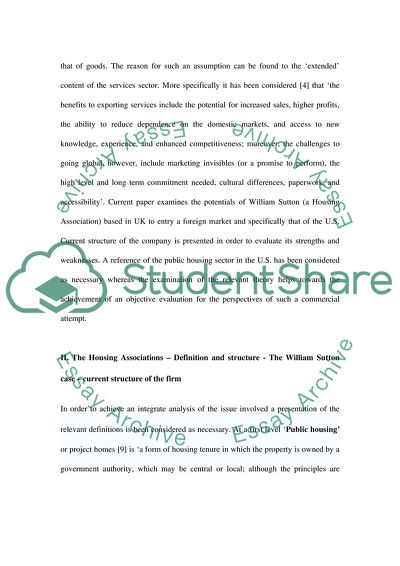Cite this document
(“General Characteristics of the Public Housing in the U.S. Market Term Paper”, n.d.)
General Characteristics of the Public Housing in the U.S. Market Term Paper. Retrieved from https://studentshare.org/finance-accounting/1703290-module-international-finance
General Characteristics of the Public Housing in the U.S. Market Term Paper. Retrieved from https://studentshare.org/finance-accounting/1703290-module-international-finance
(General Characteristics of the Public Housing in the U.S. Market Term Paper)
General Characteristics of the Public Housing in the U.S. Market Term Paper. https://studentshare.org/finance-accounting/1703290-module-international-finance.
General Characteristics of the Public Housing in the U.S. Market Term Paper. https://studentshare.org/finance-accounting/1703290-module-international-finance.
“General Characteristics of the Public Housing in the U.S. Market Term Paper”, n.d. https://studentshare.org/finance-accounting/1703290-module-international-finance.


